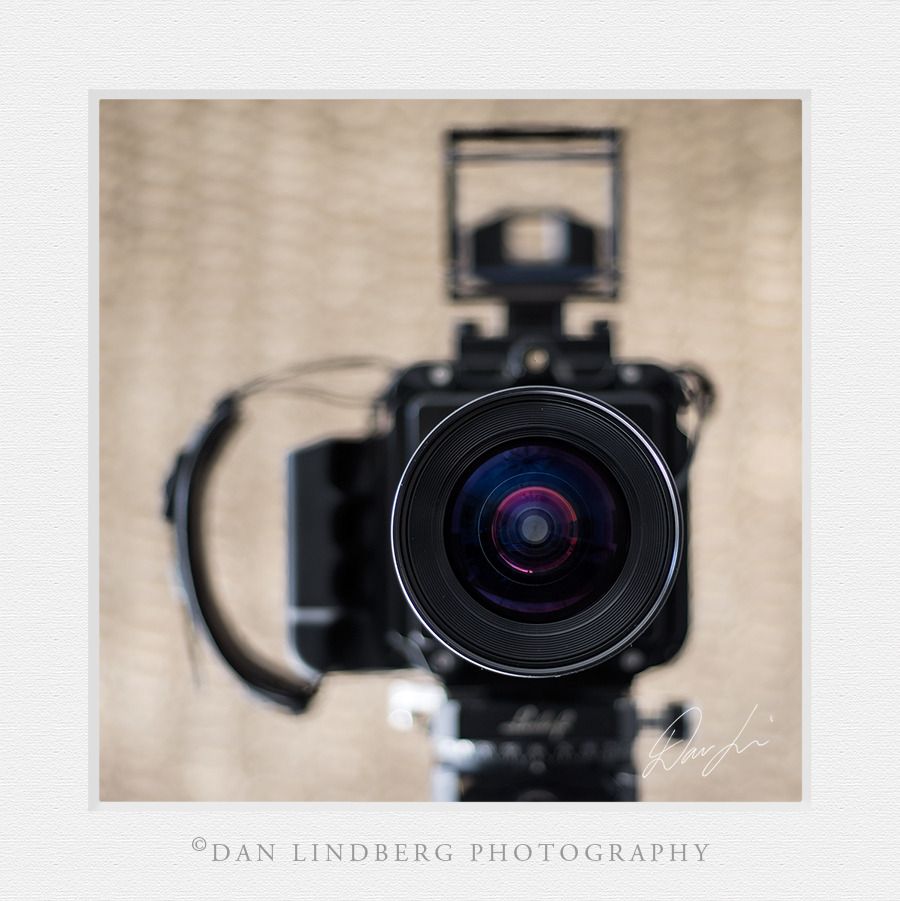Stephan S
New member
Hey gang!
I’m sketching out a lens plan and I’m getting stuck on wides… Any advice?
I’ve got an Alpa MAX and TC on order with Rodenstock 90HR-W SB and 50HR SB lenses.
I own a DF+ 80mm and 55mm on IQ160
I’m biased toward the Rodies over Schneider because of their sharpness using wide apertures, large image circles for movements and stitching on the Max.
Half my shots are 3-4frame stitch and half single shot hand-held.
Obviously 90 and 50 are my two go-to focal lengths, but they’ve left me in a bind choosing a 3rd lens. As “good spacing” is usually 40HR -60XL -90HR or 32HR - 50HR - 90HR.
The elephant in the room is the 32HR. But, this lens is too big, too heavy, too wide and too costly for a lens I only use for a hand full of shots. Never mind the smell!
I love the no compromises 40HR. But I think even Dante would roll his eyes if I packed a 3 lens kit 40 - 50 - 90. The 40 is just a few mm too tight overall and especially next to a 50? Right?
I think a 36mm would be my perfect wide if you could talk me into Schneider:
Has anyone worked with the Schneider 36XL?
-It’s compact, has same 90 degree IC.
-But I would assume that only minimal movements would be useable
-It’s only available in LB (long barrel) so another compromise there.
ALPA of Switzerland - Manufacturers of remarkable cameras - Schneider/ALPA Apo-Switar 5.6/36 mm XL, LB
Is this comparable to the 35XL I see so many of you gleefully using?
I don’t see the 35XL listed on the alpa website as useable though?
Long time reader, first time posting here... Thanks!!
I’m sketching out a lens plan and I’m getting stuck on wides… Any advice?
I’ve got an Alpa MAX and TC on order with Rodenstock 90HR-W SB and 50HR SB lenses.
I own a DF+ 80mm and 55mm on IQ160
I’m biased toward the Rodies over Schneider because of their sharpness using wide apertures, large image circles for movements and stitching on the Max.
Half my shots are 3-4frame stitch and half single shot hand-held.
Obviously 90 and 50 are my two go-to focal lengths, but they’ve left me in a bind choosing a 3rd lens. As “good spacing” is usually 40HR -60XL -90HR or 32HR - 50HR - 90HR.
The elephant in the room is the 32HR. But, this lens is too big, too heavy, too wide and too costly for a lens I only use for a hand full of shots. Never mind the smell!
I love the no compromises 40HR. But I think even Dante would roll his eyes if I packed a 3 lens kit 40 - 50 - 90. The 40 is just a few mm too tight overall and especially next to a 50? Right?
I think a 36mm would be my perfect wide if you could talk me into Schneider:
Has anyone worked with the Schneider 36XL?
-It’s compact, has same 90 degree IC.
-But I would assume that only minimal movements would be useable
-It’s only available in LB (long barrel) so another compromise there.
ALPA of Switzerland - Manufacturers of remarkable cameras - Schneider/ALPA Apo-Switar 5.6/36 mm XL, LB
Is this comparable to the 35XL I see so many of you gleefully using?
I don’t see the 35XL listed on the alpa website as useable though?
Long time reader, first time posting here... Thanks!!
Last edited:

